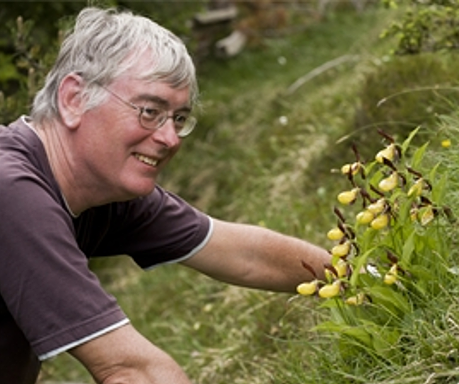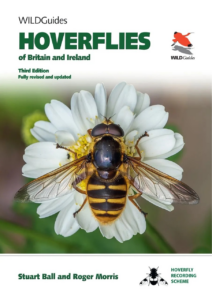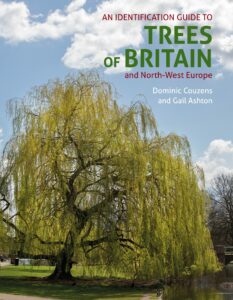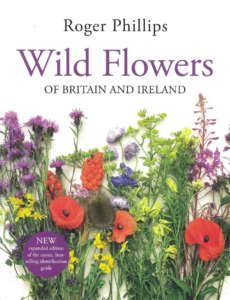 Haunted by war and loss, Merlin and his wife Lizzie leave the bustle of London and relocate to his childhood farm in Cornwall, only to find new battles awaiting them; crippling debt, a fragmented ancient rainforest, and Merlin’s father struck down by COVID-19. Drawn into the rainforest’s depths, they discover a desperate fight for survival, aiming to save this magical habitat while trying to heal from their own battles.
Haunted by war and loss, Merlin and his wife Lizzie leave the bustle of London and relocate to his childhood farm in Cornwall, only to find new battles awaiting them; crippling debt, a fragmented ancient rainforest, and Merlin’s father struck down by COVID-19. Drawn into the rainforest’s depths, they discover a desperate fight for survival, aiming to save this magical habitat while trying to heal from their own battles.

Merlin Hanbury-Tenison is a Cornish conservationist and veteran who founded The Thousand Year Trust, Britain’s rainforest charity. The charity’s mission is to catalyse the movement to triple Britain’s rainforest cover to one million acres in the next thirty years. His work has been featured in National Geographic, the Guardian and on the BBC. Merlin lives in a rainforest in Cornwall with his wife Lizzie, an entrepreneur and business leader, and their two young daughters.
We recently had the opportunity to speak to Merlin about his first book, including how he came to write it, how important he thinks species reintroductions are in Britain, which challenges he’s faced and more.
Can you tell us a little bit about yourself, and what inspired you to write Our Oaken Bones?
I was born and brought up on Bodmin Moor on a small upland hill farm with a slice of stunning and rare ancient Atlantic temperate rainforest at its heart. I left to join the army when I was 19 and served on three tours of Afghanistan. After returning, I began to suffer from complex PTSD and found the rainforest to be the best place to escape to and heal. At the same time my wife, Lizzie, was also suffering psychologically having gone through two traumatic miscarriages and my father had almost died from very severe Covid. All of us found the rainforest to be the best place possible to heal, restore and recover. I was inspired to write Our Oaken Bones as I want everyone to have access to the kind of healing that we experienced, and for all of us to use that knowledge to heal the rainforests of Britain in return. We used to be a rainforest island with 20% of our landmass covered by this beautiful habitat but almost 99% of it has been cut down and destroyed. I hope that Our Oaken Bones might act as a catalyst to ensure that this is the bottom of the bell curve and that we don’t destroy any more of this vital habitat. With every year that passes I hope that we will see more rainforests being restored and planted across our western uplands.

This book blends elements of biography, natural history, and scientific discussions to combine your personal journey with biodiversity and the pioneering research being undertaken at Cabilla. What motivated you to adopt this multi-faceted approach to writing?
We are all a part of nature, not apart from it – I am passionate about helping people to realise and remember this. It’s easy to say but much harder to feel. I thought that writing a book about trees would appeal to a small audience who are already interested in that subject. Writing a book about the people who live in, and are working to save these rainforests, felt like a subject that would be more engaging and would capture people’s interest. Rainforests are stunning, vital and rare. All I hope for is that people who didn’t even know that we have rainforests in the UK will read this book and finish it in love with the habitat and passionate about saving them. These are our most romantic and folkloric spaces, but many people are unaware of them or their decline. I hope that by weaving personal, historic and scientific narratives together we can shine a light on this important subject.
In Chapter 6, you detail your successful journey reintroducing beavers to Cabilla in 2020. How important do you think reintroducing native species to the UK will be in restoring our natural world, and are you hoping to introduce any other species to Cabilla?
I believe this is a vital area. We live on an island – if important native species are removed and new, non-native species are introduced the results can be catastrophic. This is well understood on islands like Australia and New Zealand, but in the UK, we seem to have a bit of a societal blind spot about it. Returning beavers to the Cabilla Valley has created the most wonderful explosion in biodiversity and habitat abundance. The change was near immediate and very evident. I believe that we can create similar improvements in the British countryside with the slow and careful return of other species, like Pine Martens and wild cats. This should never be rushed, and the most important focus area is ensuring that everyone in a catchment or a release area is on side and positive about the changes. This is all part of the effort to return to a more equilibrious state of British flora and fauna where species that evolved here are interacting in a more natural way together. It’ll be a very long process, multi-generational, but I’m positive that as long as we all remain optimistic we can restore much of what we’ve damaged and lost over the previous centuries.
There is often friction between conservationists and farmers in relation to the effects of livestock on landscapes, but I really enjoyed hearing about your work with farmers to create a blueprint for new farming methods focusing on ecological and economic benefits. How important do you think the shift from working against farmers, to working with them, in conserving our shared landscape will be?
This will all be impossible without the farming community. About 70% of the UK is farmland so we will never be able to combat climate change, restore biodiversity or bring back our rainforests if we don’t work closely and compassionately with farmers. This should never have been an issue historically and I believe it comes from a place of misunderstanding and poor communication. Conservationists and farmers should be the closest of collaborators and colleagues. We are all striving for the same goal; a Britain which provides food for all those who live in it, has an improving and resilient countryside and is full of some of the most stunning natural habitats on earth. Farmers are the key to making this happen and we can help them by ensuring that Government is providing them with the support and guidance to farm in a way that meets all these goals.

The Cabilla Cornwall Retreat offers a unique space for wellness groups, veterans, key workers and individuals to experience the wonders of nature. What are the key benefits of connecting with nature for well-being, and how does this align with the broader goals of the Thousand Year Project?
There is some simply stunning research underway which demonstrates how spending time in native rainforest environments can be beneficial for human psychological and physical health. I am a living example of this, as are many of my family. We have brought a large number of people into the Cabilla Valley as part of the retreat business here and the impacts have always been heart-warming and invigorating. We always do this work with a focus on the habitat first to ensure that we aren’t bringing people into the rainforest at the detriment of the habitat. This is very important. We are currently living through a mental health pandemic and an obesity crisis. There are many reasons for both of these issues and there are also many cures and methods to help alleviate them. The natural world, and rainforests in particular, are a key weapon in this fight. I would never claim that they might replace clinical or pharmacological healing, but we must begin to view all the options side by side and not in isolation. I have seen such marvellous healing impacts in the valley here and I believe that everyone in the UK, especially those who live in urban areas, should be encouraged and assisted in accessing nature as part of their general health and wellbeing.
Have you faced any significant challenges over the past few years that you can share with us?
So many! This would be another book in itself. Running a small business has been an adventure but I won’t pretend that it hasn’t been extremely difficult. The state of our economy and the environment for small business owners is pretty dreadful in the UK right now. When you add that Cabilla is a hospitality business set up during the Covid lockdowns and have then had to survive through all the financial conniptions that our country has been going through, it has resulted in many sleepless nights. Setting up a charity is also a very challenging undertaking and the ability to fundraise at the moment in the UK is particularly difficult. It took me over a year to convince the Charity Commission that we even have rainforests in the UK and that’s before we even entered into the treacle-like bureaucracy of the charity sector. Running a farm is also very challenging at the moment as we have departed the EU, therefore the subsidy systems are changing which has created a number of very difficult financial implications that we’re still trying to work through. This is all before I even come to the difficulty of reintroducing beavers and then keeping them in their government mandated enclosure – but there’s a whole chapter on that in the book, and I don’t want to spoil the fun here!

What do you hope other landowners can learn from the pioneering and vital work you’re doing?
My hope is that the Thousand Year Project that we have started in the Cabilla Valley will act as a blueprint for other interested farmers and landowners on the uplands who are looking to evolve and transition their farming techniques to one that works with nature rather than against it. We are a small farm and below the average farm size across the UK, so this isn’t some unachievable large-scale project that the average farmer wouldn’t be able to do. Everything that we have done here has been designed to not only repair biodiversity and the habitat but also to create a more resilient farming business model under the new subsidy and farm payments system. My hope is that others will take some of what we’ve done here and implement it on their own farms. This is how we will one day come to see rainforests across the uplands and once again view them as a bedrock of our cultural landscape.
Finally, what are your hopes for the future of Cabilla?
I would love to find a way to bring the valley into some form of public ownership so that the work that has begun here will be guaranteed and continue long after I have gone. The whole point of the Thousand Year Project was to create a multi-generational effort. This should be how all land strategy is viewed and conceived. I want my own children to feel free to do whatever they choose to with their lives in the knowledge that the rainforest restoration that we have begun at Cabilla will outlast all of us. I hope that this will become a national project that truly continues until our rainforests have returned across much of our uplands.
Our Oaken Bones is available from our online bookstore.


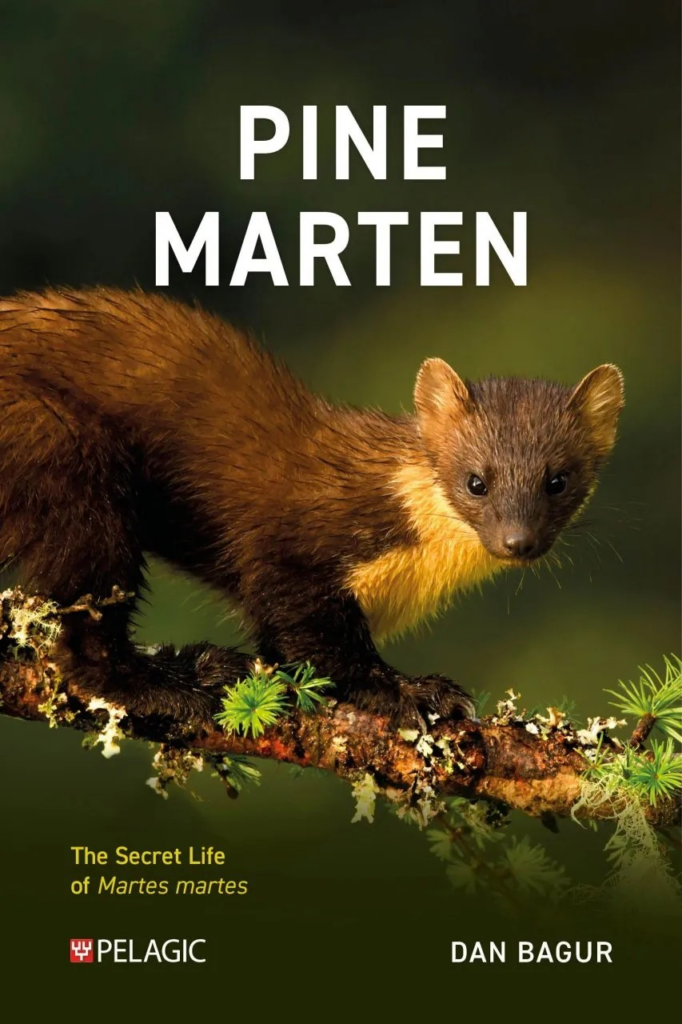



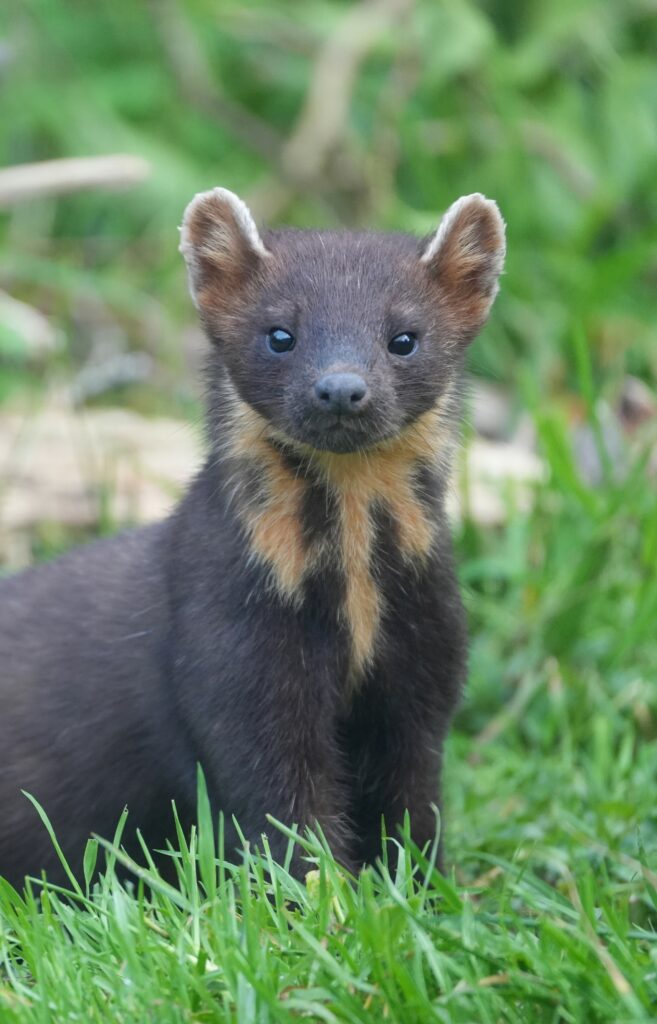

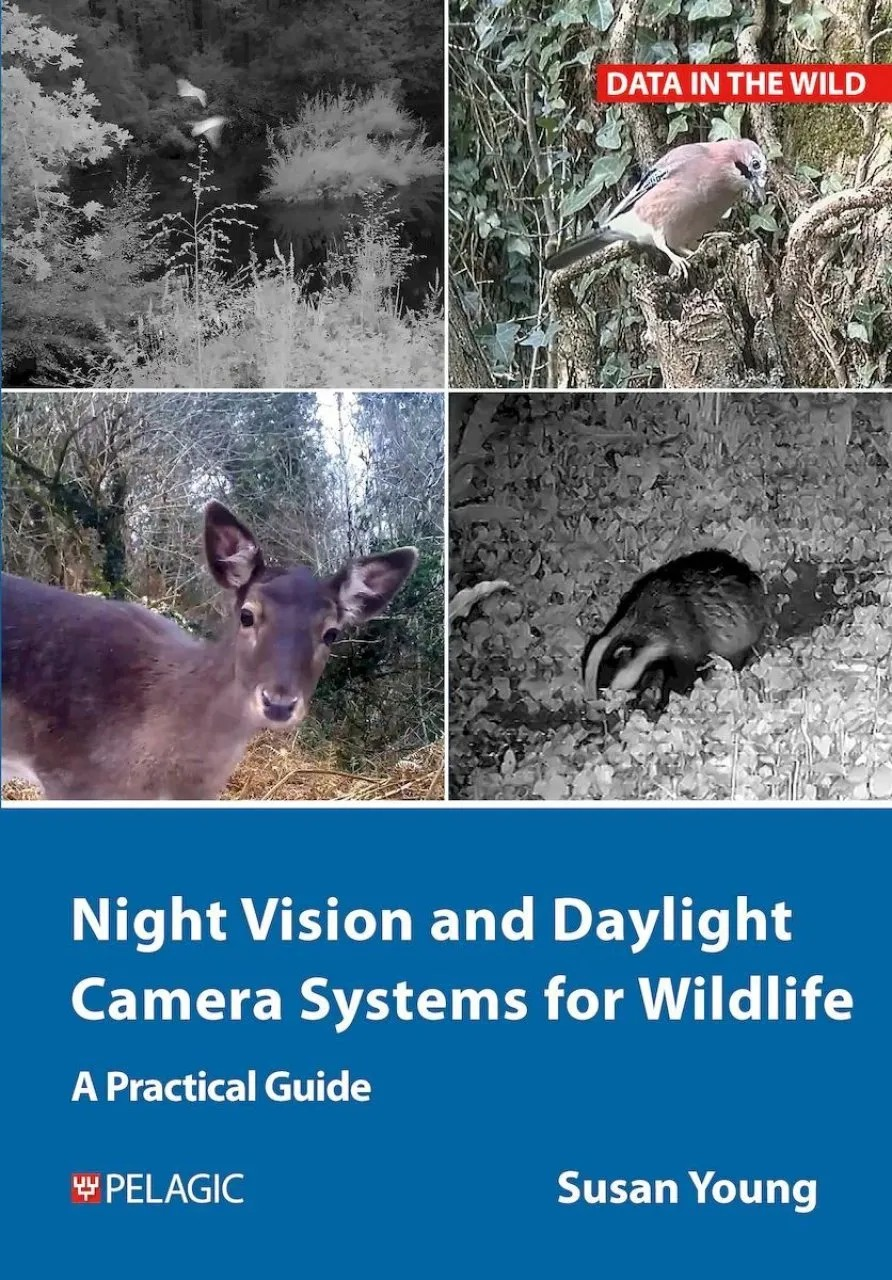
 Susan Young is a photographer and writer based in South Devon, who has a wealth of experience in wildlife photography. She has authored several books, including
Susan Young is a photographer and writer based in South Devon, who has a wealth of experience in wildlife photography. She has authored several books, including 








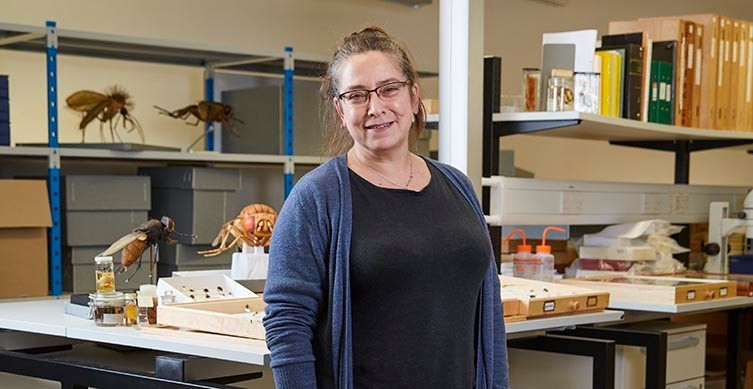




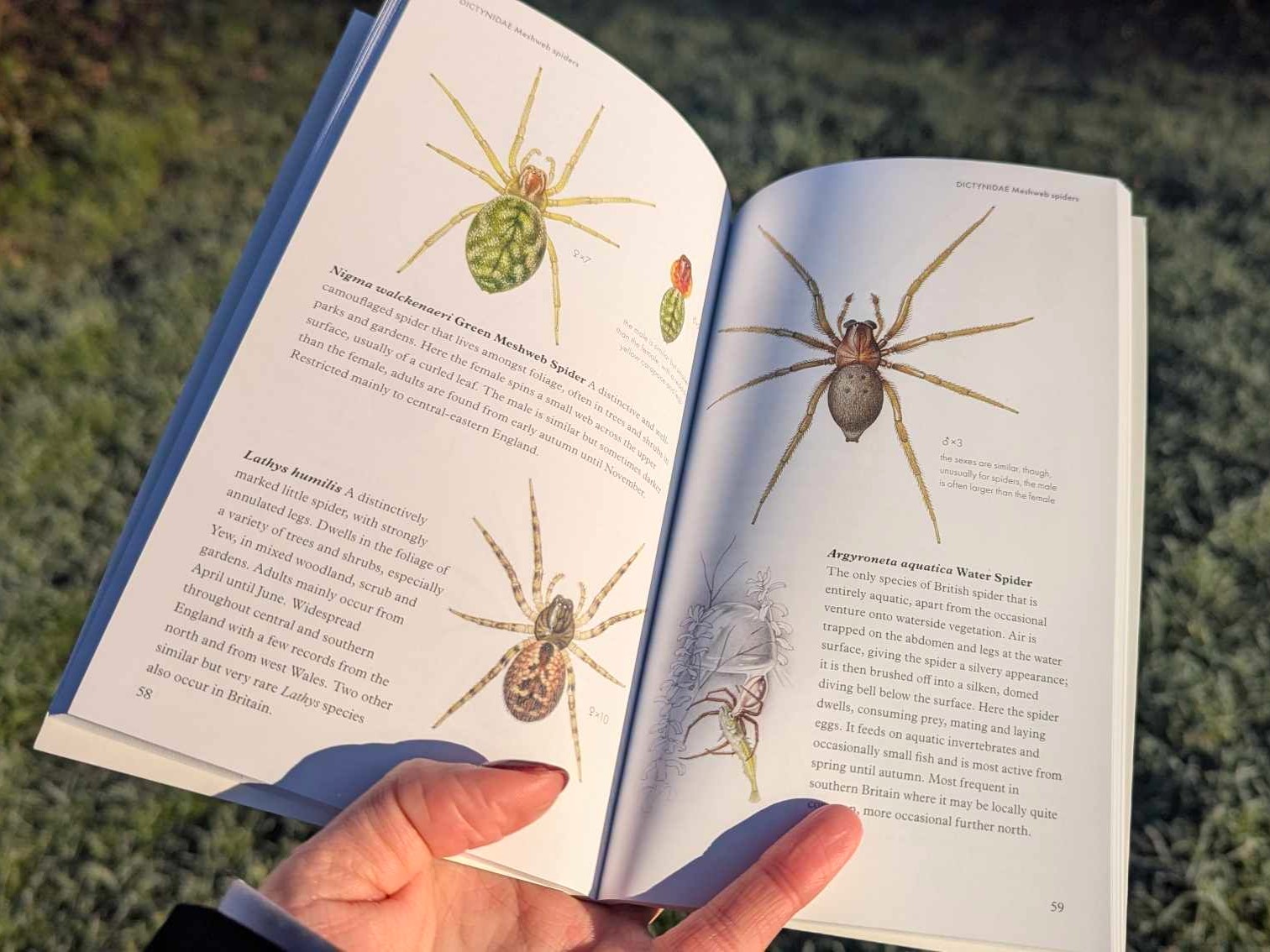

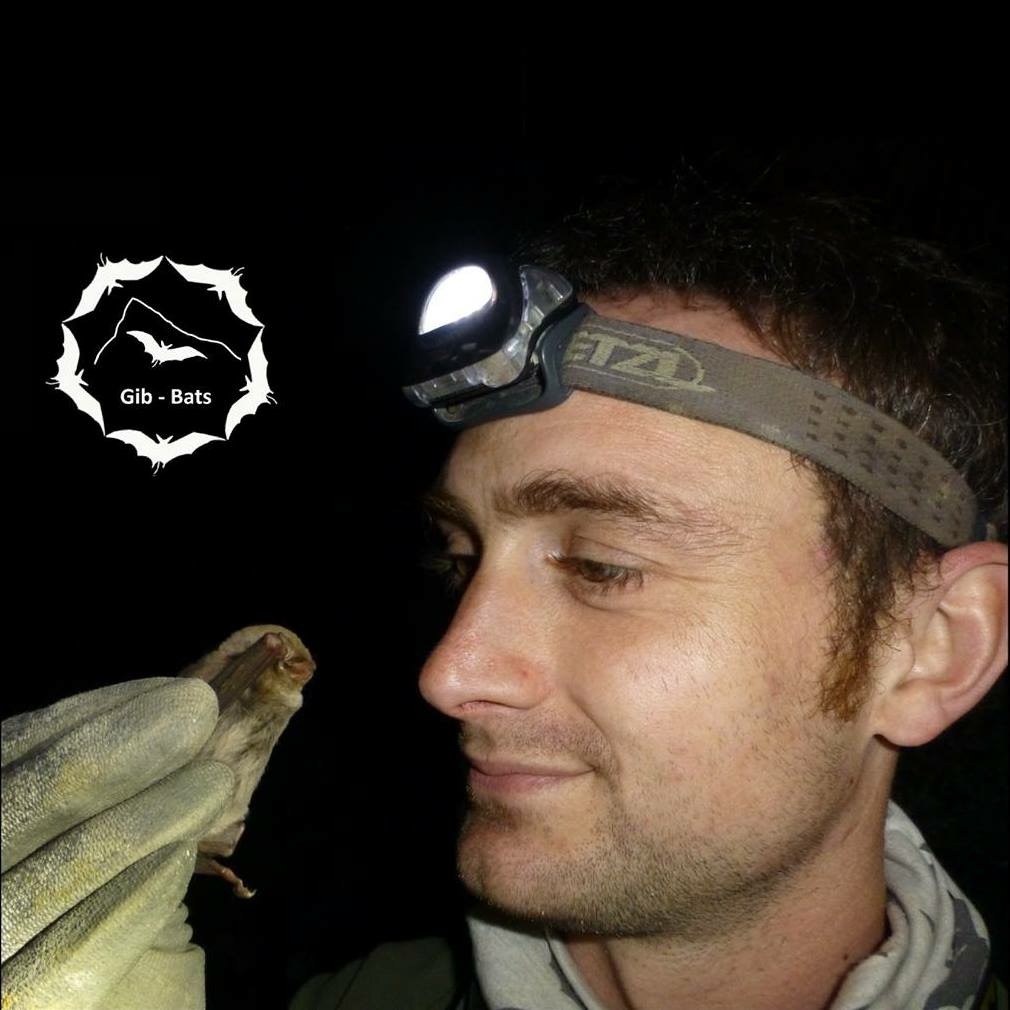


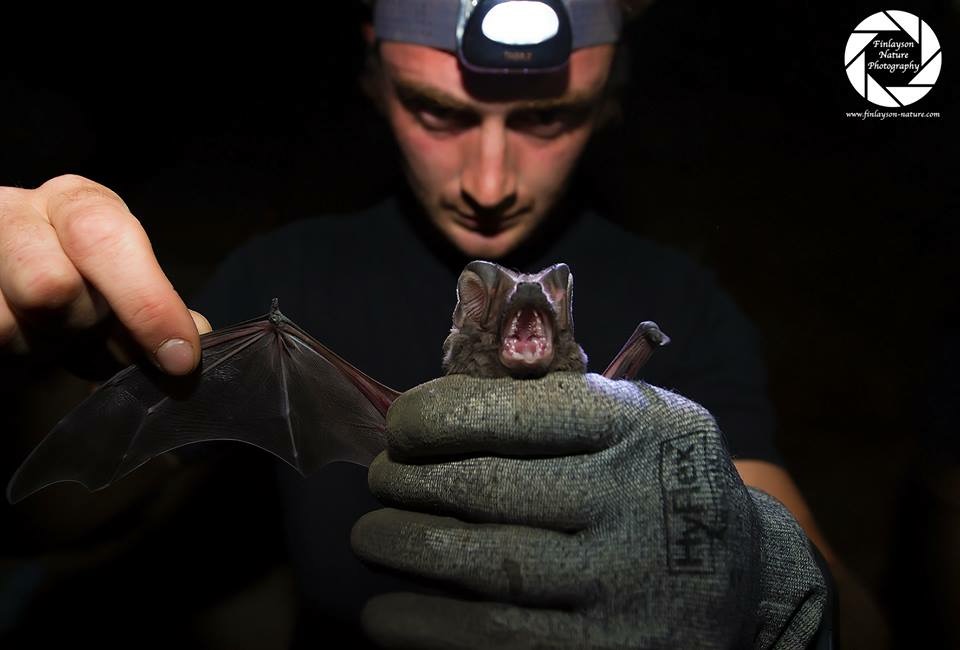
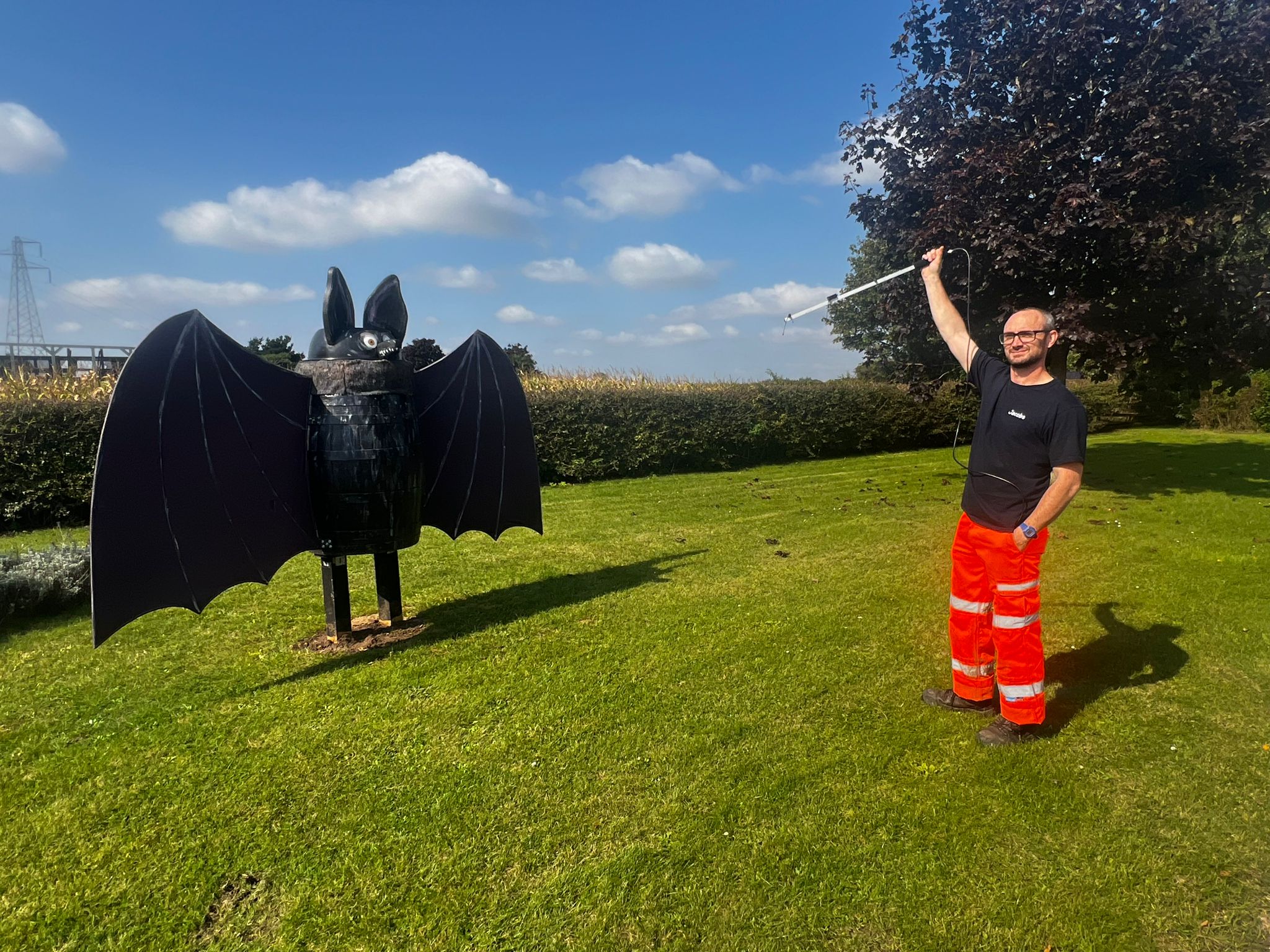



 Taking a step back to compose myself I do, however, have two points of criticism; or, if not criticism, two points I feel have been omitted. First, there is the proximate question of whether trying to save a species at all costs is always the best use of the limited time, money, and other resources available for conservation. Not everybody agrees it is, and e.g. Inheritors of the Earth provocatively argued that island species are evolutionary dead ends, vulnerable to invasion. Are resources better spent on populations that still stand a decent chance? A counterargument could be made that, yes, these attempts *are* worthwhile because we learn how to improve our protocols, techniques, and technologies for the inevitable next extinction. My point is that Lathan does not broach these questions here. I would have loved for him to wrestle with these and put them to his interviewees. Second, there is the ultimate question of what it would take to turn the tide of extinction, of what such a world would look like. I judge him less harshly on this because very few authors seem willing to mention the root causes that got us here. His interviewees gave him several openings at broaching thorny topics that he did not pursue. This is another set of questions where both his views and those of his interviewees could have further enriched the book.
Taking a step back to compose myself I do, however, have two points of criticism; or, if not criticism, two points I feel have been omitted. First, there is the proximate question of whether trying to save a species at all costs is always the best use of the limited time, money, and other resources available for conservation. Not everybody agrees it is, and e.g. Inheritors of the Earth provocatively argued that island species are evolutionary dead ends, vulnerable to invasion. Are resources better spent on populations that still stand a decent chance? A counterargument could be made that, yes, these attempts *are* worthwhile because we learn how to improve our protocols, techniques, and technologies for the inevitable next extinction. My point is that Lathan does not broach these questions here. I would have loved for him to wrestle with these and put them to his interviewees. Second, there is the ultimate question of what it would take to turn the tide of extinction, of what such a world would look like. I judge him less harshly on this because very few authors seem willing to mention the root causes that got us here. His interviewees gave him several openings at broaching thorny topics that he did not pursue. This is another set of questions where both his views and those of his interviewees could have further enriched the book.